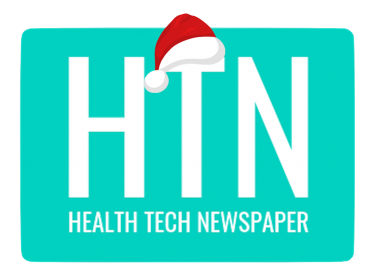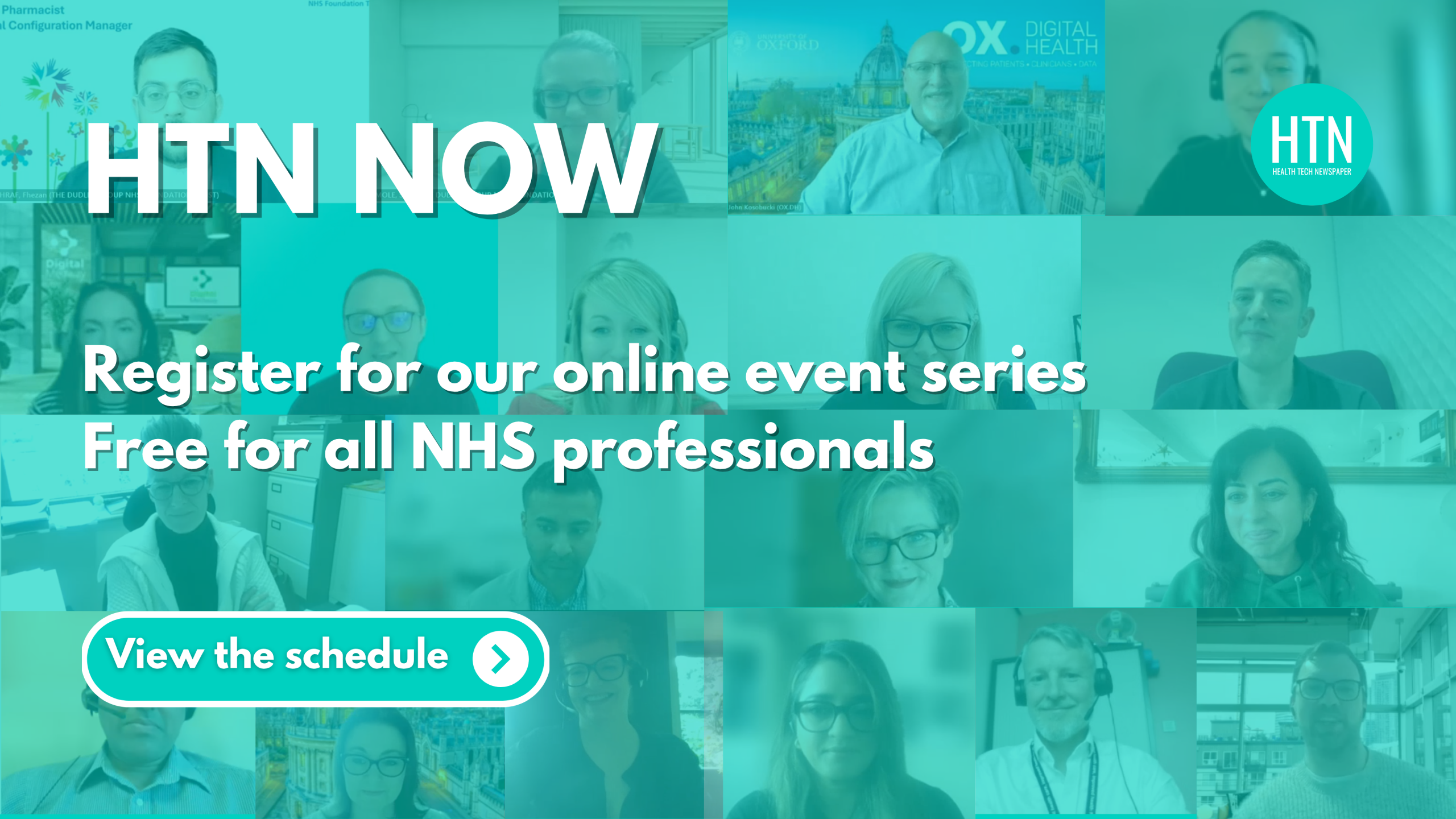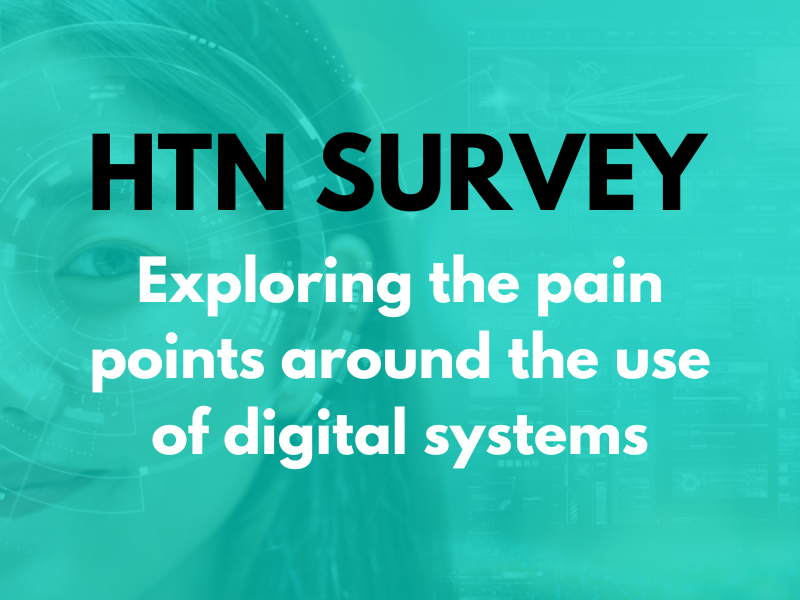We caught up with Sharon Hanley, director of primary care at X-on Health, to discuss how PCNs and ICBs can maximise digital opportunities to improve efficiency in primary care. The discussion centred around ways to improve equitable access, using digital to support neighbourhood health, and how to reduce clinical workload, while also looking at how X-on Health have aligned themselves with the 10 Year Health Plan.
Addressing variation in primary care
Sharon began by exploring variations in primary care and how incorrect data capture can cause problems. To better explain this, she used an example of a hospital admission based on asthma exacerbation: “If that admission is not captured properly, then the person doesn’t get followed up in the right way. They don’t get identified as needing a follow up with their GP, what information they need to discuss, or whether there has been a change of medication. And because of that, the patient may end up back in A&E with the same problem.” She emphasised how this can create a “knock-on effect across the country, causing further variation”.
Sharon shared how there’s also a lot of variation in terms of digital uptake, explaining how some practices are “really open” to new tech, whereas others may not be sure about what is available. “I went up to Scotland recently to visit a practice that said they didn’t really need our digital assistant or chatbot because they only had 800 patients,” she said. “But what about equitable access? What if somebody wants to use a digital option instead of the phone? You might think you don’t need these access tools, but they actually address a lot of issues in terms of variation in healthcare – maybe a patient doesn’t speak the same language, or they have learning difficulties and would prefer a digital option over the telephone.”
Optimising access with digital tools
Looking at how to optimise access for people in harder-to-reach areas and those in underserved communities, Sharon said: “Sometimes we might assume that some demographics in certain areas don’t have tech, when a lot of them do, because they need it for language and translation purposes. People use the tech to get them through their everyday lives and in healthcare that’s even more important, because you need to get the terminology right. So, there are definitely areas and pockets of populations that need a different approach in order to optimise their access.”
However, Sharon also recognised why some PCNs or ICBs might be more reluctant to implement this type of tech. “In my 25 years of experience in healthcare and primary care, one of the biggest challenges has been rolling something out at scale,” she explained. “We get something good and we realise how amazing it could be across the whole country, but we can never get it out because of varying approval processes.” These processes tend to slow things down, which can put people off, she continued. “It all takes so long, and then people start to think because they didn’t need it before, they don’t really need it now or because they don’t know what it does or how it can benefit their the wider health and care system, they just say no. But the focus needs to be on the patient. Could the technology benefit a wider group of patients or citizens, for example people who don’t speak the English language or are living somewhere more remote and are unable to access health and care service information.”
Using digital to support neighbourhood health
On the topic of neighbourhood health, Sharon touched upon the recent updates to the 10 Year Health Plan. One of the key areas she wanted to flag was the change to scalability: “The most recent proposition is focused on working at a larger scale across the neighbourhoods. Neighbourhoods include multiple organisations, such as acute, community, mental health, GP practices, dentistry and optometry. A PCN currently covers a population of 30,000. For the proposed single provider contract, they’re looking at around 50,000, whereas a multi-provider contract can cover a population of up to 250,000.
Sharon noted how a lack of infrastructure could get in the way of forming this neighbourhood. “We’ve seen it before with PCNs, where the infrastructure hasn’t been put in place to enable things to happen more efficiently. Where PCNs were set up using different systems that weren’t built for multi-organisation communication. And my time going from working in the NHS to working with X-on Health has allowed me to see how digital tech presents a greater opportunity for developing that infrastructure.” Expanding on this, Sharon talked about how “using telephony as a starting point allows you to go off into all these other options like text and voice agents”, adding, “From a neighbourhood perspective, you can use this type of tech to improve communication across multiple organisations.”
A telephony system can identify when a patient needs multiple appointments for their long-term conditions, before referring them to the right place, even if it’s in a different organisation, according to Sharon. “That’s how I imagine digital can actually allow neighbourhood teams to work well together,” she said. “There are huge clinical benefits when it comes to having a neighbourhood team, but I think the 10 year plan needs to be really clear on how we’re going to communicate across multiple organisations efficiently. We don’t want to be handing out different telephone numbers, we want to make sure communication is simple, where the patient can ring one number or access one digital assistant, to then get access to everything they need.”
Improving patient engagement and enabling more proactive care
Next, Sharon considered how digital tech can help to improve patient engagement and allow clinicians to be more proactive, commenting, “That’s actually the reason behind why we built the digital assistant in the first place; it wasn’t because we just wanted to pop some tech in there or because chatbots were popular; it was to help tackle large workloads in general practice and find ways to empower patients through self-service.”
Sharon highlighted the importance of giving patients the tools to look at their test results or book appointments themselves, using an example of cervical smear appointments. “Patients shouldn’t need to speak to someone directly to book that in. They should be able to phone up and have a voice agent tell them when the next smear clinic is, and book it that way. That then frees up staff so they can move into a more proactive care role elsewhere.”
Referencing how X-on Health’s Surgery Insights dashboard can help with this, Sharon highlighted some of the important data that can be found there and how it can help practices. “It might show you that you no longer need four people in reception between eight and ten. You actually only need half that capacity because many of your calls have gone down an alternative digital route instead, which means you can move two people across to a proactive care team.” Sharon explained how these insights can help PCNs redesign the way they work, noting that being able to use data in this way across a neighbourhood would benefit a range of different services.
Finally, Sharon touched upon X-on Health’s partnership with Tortus AI, noting how their AI scribe has already shown how digital tech can help to improve care. She used an example where a GP was able to speak to a patient for 25 minutes without needing to touch his computer, which meant the patient felt “really listened to”. Expanding on the benefits of the AI scribe, Sharon noted how patients can see a “a much more expanded version of their conversation with the consultant, which they can access through the NHS App.” And because the data is coded, with the right approvals, it can be shared to the shared care record, which Sharon said, “can only improve care, because the clinician doesn’t have to ask all the same questions again and the patient doesn’t have to repeat themselves”.
10 Year health Plan: key considerations
Sharon’s final area of focus was on the 10 Year Health Plan and what this has meant for X-on Health’s future strategy. “The good thing is that we’re already resolving it,” she said. “We want to empower patients to do things for themselves. We want to be able to offer self-service and encourage GP practices to release appointments so that patients can book them directly. Obviously, GP practices are concerned about releasing their appointments because they’re worried they’ll get booked up for unnecessary reasons, but if you’ve got something in front of that, a digital assistant directing them away from your appointments, they’re going to be more appropriately booked.”
She highlighted that the main challenge was getting the tools out there: “We need to get different areas picking this up and looking at the digital-first approach. It already exists; we’ve got the capability and we’ve got the tools, it’s just about getting it out there to actually make an impact.”
In terms of clinical workload, Sharon explained that partnering with Tortus AI and using their scribe has formed part of X-on Health’s efforts to reduce unnecessary workloads. “GPs are trying to play catch-up all the time, their days are long, and they’re not always that keen to stay in their roles because of that. So, if AI scribes can improve that for clinicians, it might help them stay in that role that we so badly need them in. And I do believe NHS England are hearing that. Even though the framework for AI scribes probably won’t come until next year, they’re understanding the clinical point of view and that should help to bring back some of the benefits and efficiencies that GPs deserve.”
Sharon also spoke about the idea of having a single patient record, as outlined in the plan: “The only way you can build a single patient record is if you’ve got good data, whether that’s mental health data, A&E data or GP data, otherwise it’ll be pointless for everybody. We’ve already done that in various forms, having created a shared care record across Thames Valley, for example. But the 10 Year Plan is looking at a single record that authorised personnel involved in a person’s care can access and it will be interesting to see how they’re going to do that.”
We’d like to thank Sharon for taking the time to talk to us and share her expert insights on this topic.





